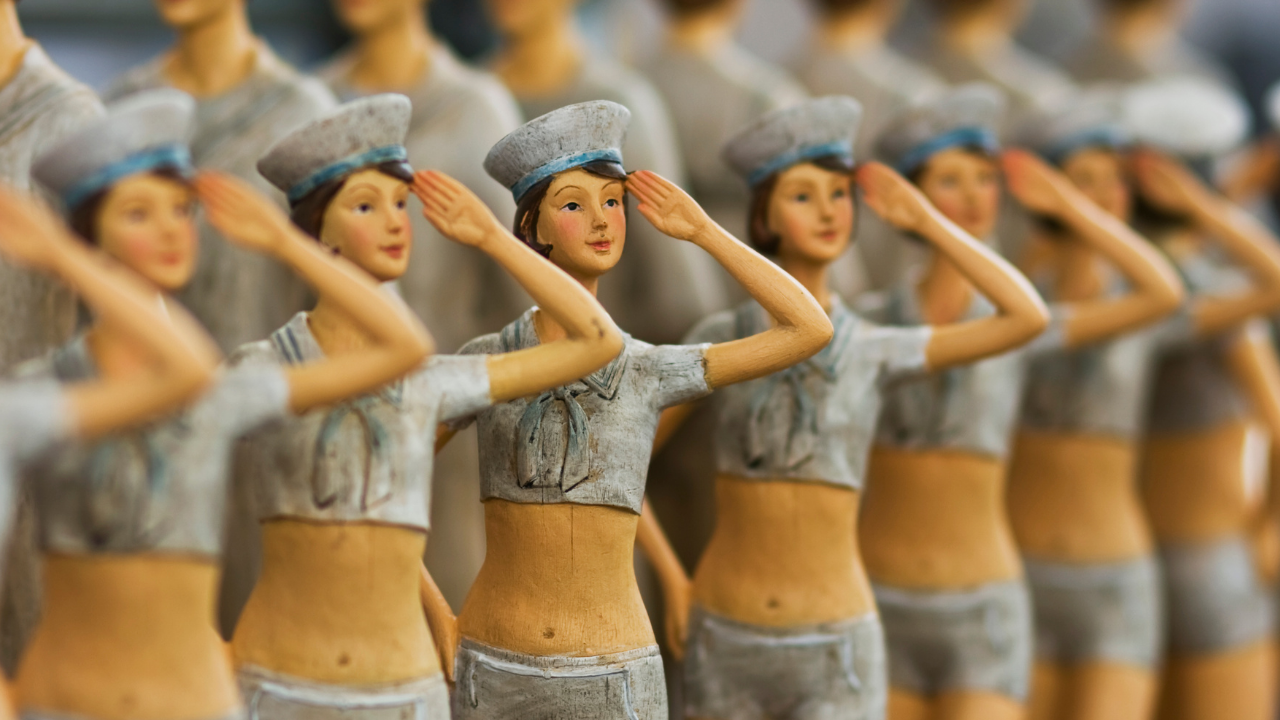the rest of the gang

In yesterday’s writing tip, I talked about keeping your hero firmly in the driver’s seat of your story.
But what about all those other characters? If the hero makes the choices that move the story forward, what exactly is the secondary cast of characters doing?
I’ll tell you what they’re not doing. They’re not doing nothing. They’re not extras. In opera they’re called spear carriers — the human set dressing that fills those vast stages.
A story is a designed thing, a work of both art and artifice. Strunk and White remind us that, just like a well-designed machine, good writing ought to have no unnecessary parts — including characters.
Each secondary character must have a necessary job to do, and that job is to impact the journey of the hero. Positively or negatively, there is an impact. Your hero can’t get to the finish line of meaningful change without them.
I love the work of Joseph Campbell and use the idea of archetypes in my own work (it’s what I teach my writing students, too). You might have heard of some of these archetypes: Mentor. Trickster. Ally. Shadow. Threshold guardian! There are more.
Each archetype has a specific impact on the hero. Mentors coach, encourage, see the greatness within . Allies are helpful co-travelers. Tricksters pop the balloon of overinflated egos so the hero can get unstuck and learn something new. Shapeshifters challenge the hero’s discernment by pretending to be things they’re not and concealing their true motives. Threshold guardians articulate the hero’s own fears and resistance, urging them to turn back, go home, quit now before it’s too late!
All of these impacts pour needed energy into a hero’s journey of transformation. In the symbolic dreamscape of fiction, you might even think of every character as a projection of some part of your hero’s psychology! That’s how Jungians interpret dreams, and what is a work of fiction if not a kind of dream?
The best secondary characters deliver thrilling combinations of archetypal energy, and shift what they offer the hero as the tale progresses. The Snapes and Gollums of literature move from shapeshifter to shadow, from ally to mentor, and may even briefly don the mask of hero to make a profound sacrifice at some point.
But every spoonful of this juicy story energy is ladled into the tale for one reason — it’s precisely what your hero needs to take the next step.
TIP: Use your secondary cast of characters to nourish your hero’s journey by giving each one a clear impact on the hero, every time they appear.


